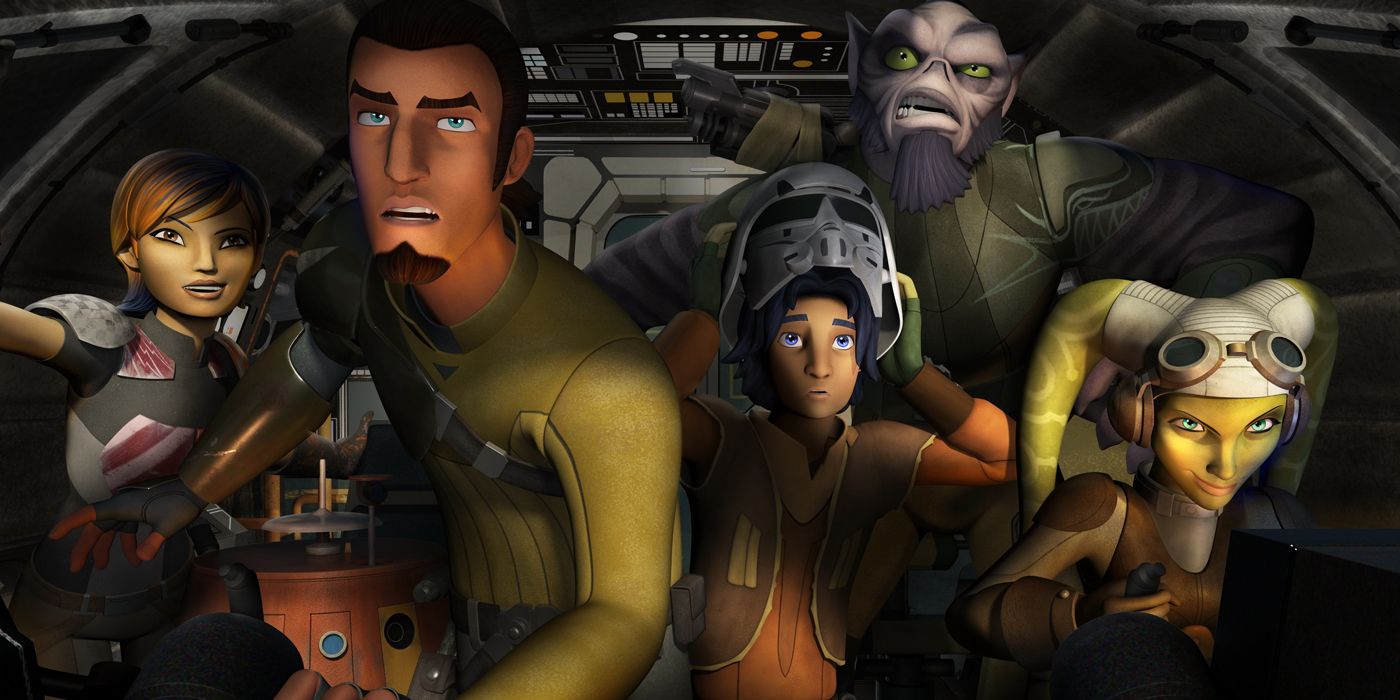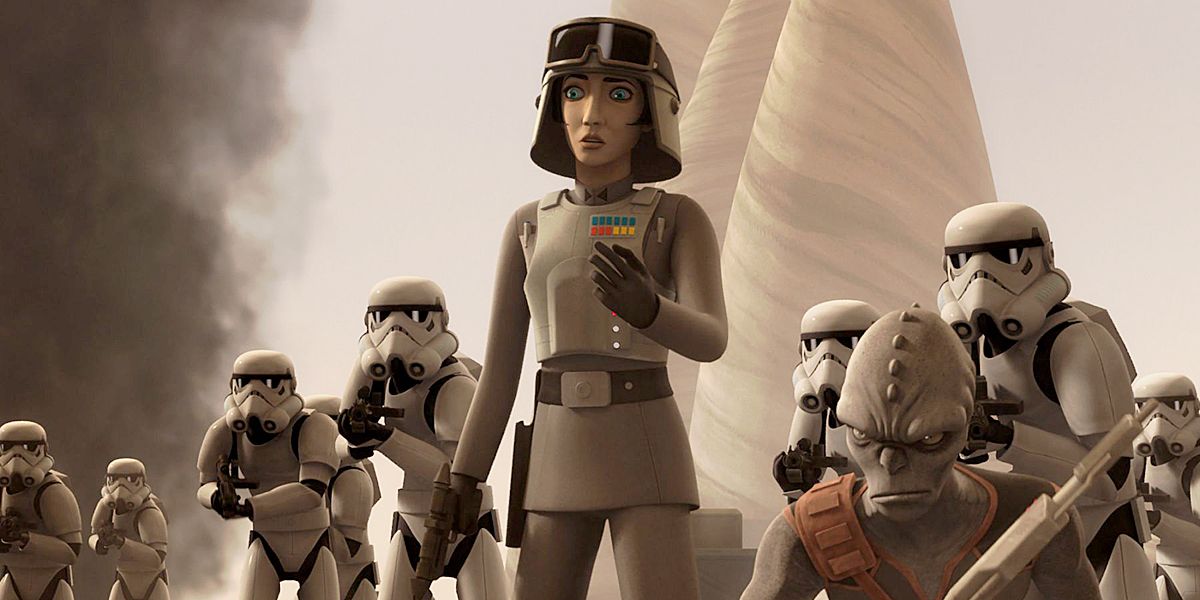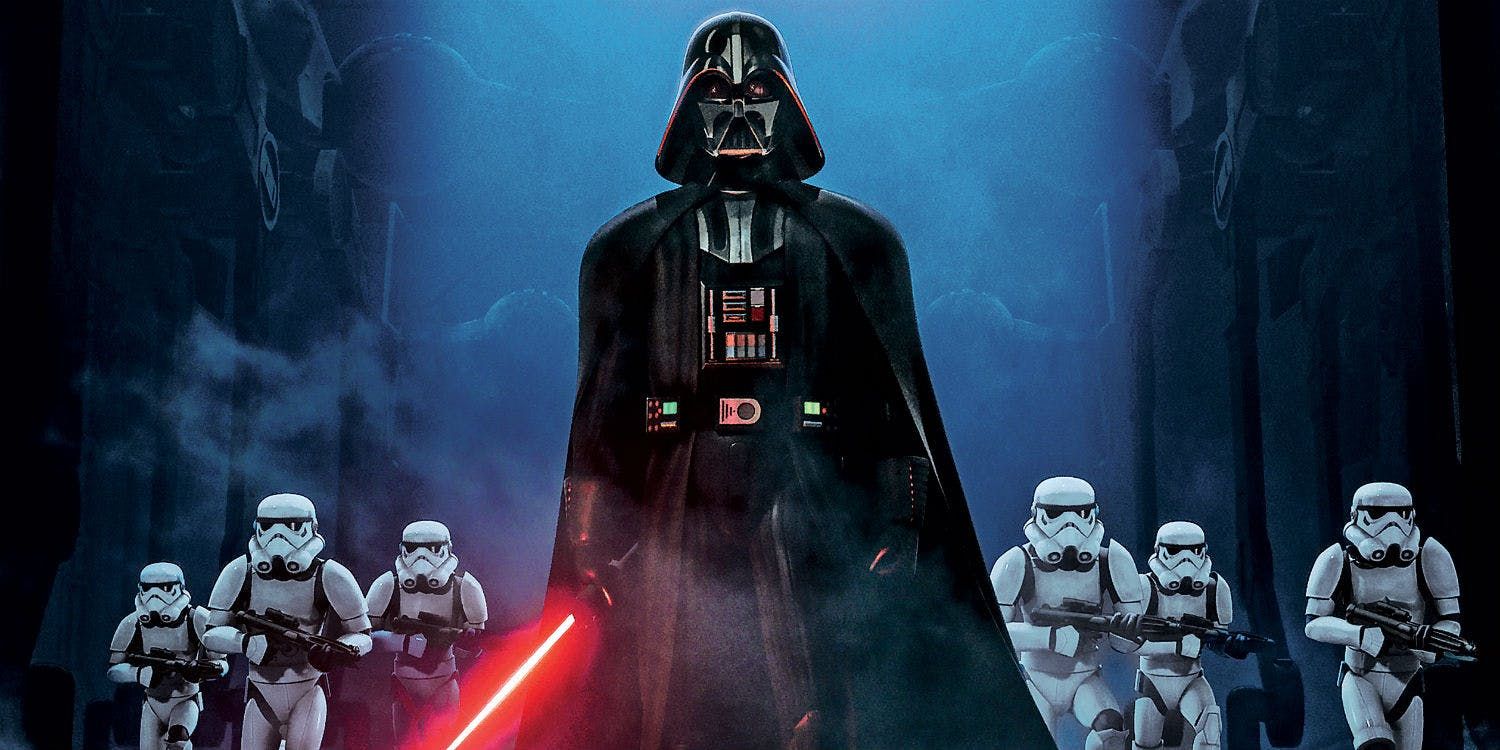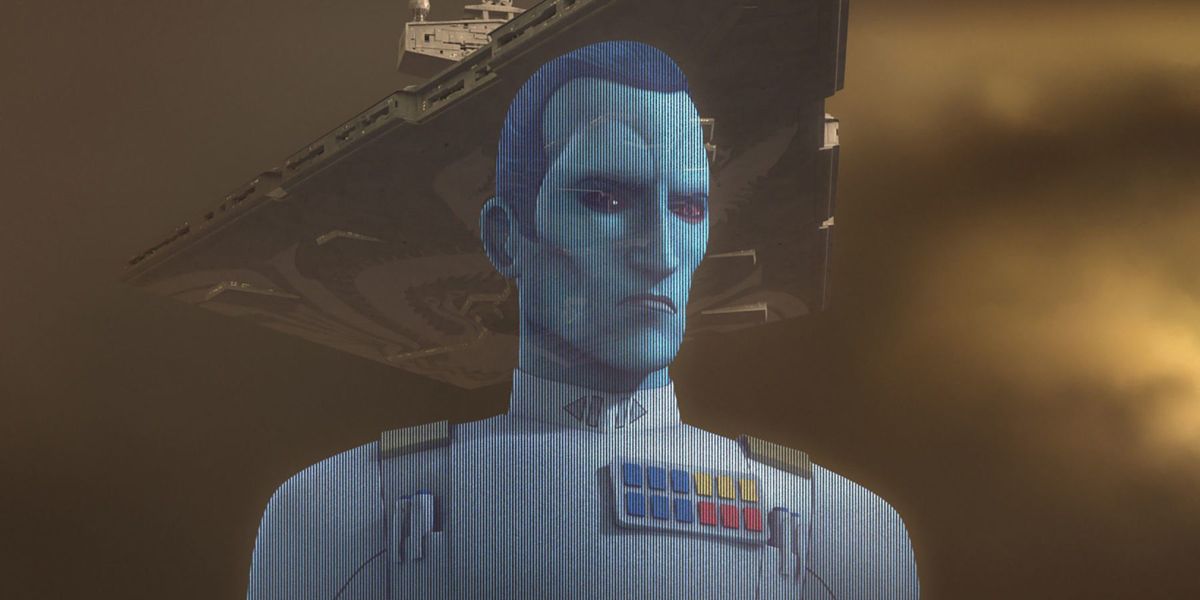This past week marks a year since the animated series Star Wars Rebels finished its four-season run. Set between the events of Star Wars: Revenge of the Sith and Star Wars: A New Hope, the CGI show delved into a largely unexplored period of the franchise's history. But, more than that, it carried the iconic space opera franchise during its most visible time of transition while continuing to expand its mythos in interesting new directions, all while directly connecting the prequel trilogy to the original trilogy.
RELATED: Star Wars: If the Force Were Real, You’d Be a Sith (and That's OK)
Premiering on Oct. 3, 2014 on the Disney Channel, Star Wars Rebels was the first major addition to the franchise since Disney's purchase of Lucasfilm in 2012. While principal photography was well underway on Star Wars: The Force Awakens at the time, the first trailer had yet to be released and the title remained under wraps to the general public, not unlike the current marketing strategy employed by Lucasfilm for Episode IX.
Several eagerly anticipated video game titles had been canceled and Star Wars: The Clone Wars similarly ended in the middle of its Season 6 production to help smooth the acquisition. And, in perhaps the most controversial move, the decades-old Expanded Universe of franchise content outside of the films and the Clone Wars animated series was discarded to give filmmakers a comparatively blank slate to create without being confined by preexisting stories and characters.
RELATED: Star Wars Rebels Teases Glimpse of Two Beloved Characters' Future
It was an uncertain time for the nearly 40-year-old franchise, no longer guided under the supervision of creator George Lucas. Coupled with the fact that Rebels was following the fan-favorite, award-winning Clone Wars into an era without any canon stories due to the collapse of the Expanded Universe, there was a lot of expectations riding on the animated series.
Fortunately, both audiences and critics alike made the series an unequivocal hit throughout its four-season run, which resulted in a whole hot of award nominations, including three Emmys.
What makes this especially remarkable is that the first season of Rebels featured an entirely new cast of characters, rather than focusing on franchise icons like Anakin Skywalker and Obi-Wan Kenobi, as Clone Wars did. The Clone Wars are a canonically pivotal event in the history of the Star Wars Universe, meaning that characters like Yoda and Count Dooku could naturally appear.
The first season of Rebels, by comparison, focused more on the previously unseen planet of Lothal as new characters, including Force-sensitive scoundrel Ezra Bridges and one-time Padawan Kanan Jarrus, joined the fledgling Rebel Alliance to thwart oppression by the Galactic Empire.
NEXT PAGE: Star Wars Rebels Normalized Disney's Ownership of the Franchise
This was a bold premise for the series to debut under, but it helped give the characters and story a fresh voice unlike anything before. With the mythos being examined from the perspectives of its original protagonists, the awe and mystery, once a hallmark of the franchise, was rekindled.
As the series continued, it made the wider integration of familiar Star Wars hallmarks and characters all the more organic with a consistent series of payoffs. Appearances by established characters, including Darth Vader and Ahsoka Tano, never felt obligatory, but rather like major narrative beats for the series.
Perhaps one of the bigger achievements made by Rebels was that it effectively dispelled any concerns that the franchise would become overly family friendly under Disney ownership. While Clone Wars, by the nature of its central premise, could get dark, Rebels was a decidedly more mature, emotional series than its predecessor. The stakes were always high and the safety of even the most beloved characters was never guaranteed. Consequences mattered once again in the galaxy far, far away.
RELATED: Rian Johnson's Star Wars Trilogy Reportedly Gets a Production Name
The time period in which Rebels is set is a creatively fertile one. The series is full of nods and connections to not only the prequel trilogy, original trilogy and Clone Wars, but also to Rogue One: A Star Wars Story, which was produced and released over the course of its run. Also, in a surprising move, the series was able to revive elements of the Expanded Universe that had been discarded before its premiere, returning fan-favorite villain Admiral Thrawn back firmly into the franchise's canon.
Star Wars Rebels proved that the franchise had a future under its new corporate owners and could expand on the mythos by creating characters and stories with a tone previously unseen in The Clone Wars. After establishing its own corner in the Star Wars Universe, the series blended the familiar tropes and characters from previous stories organically to great effect without detracting from its own cast of characters.
Kanan would receive his own comic book series, while the current Star Wars animated series, Star Wars Resistance, followed similar narrative cues by introducing new characters in a relatively unexplored period of history in the timeline. It was Star Wars Rebels that led the franchise's charge into the brave, new future under Disney and it did it with unmistakable success.




